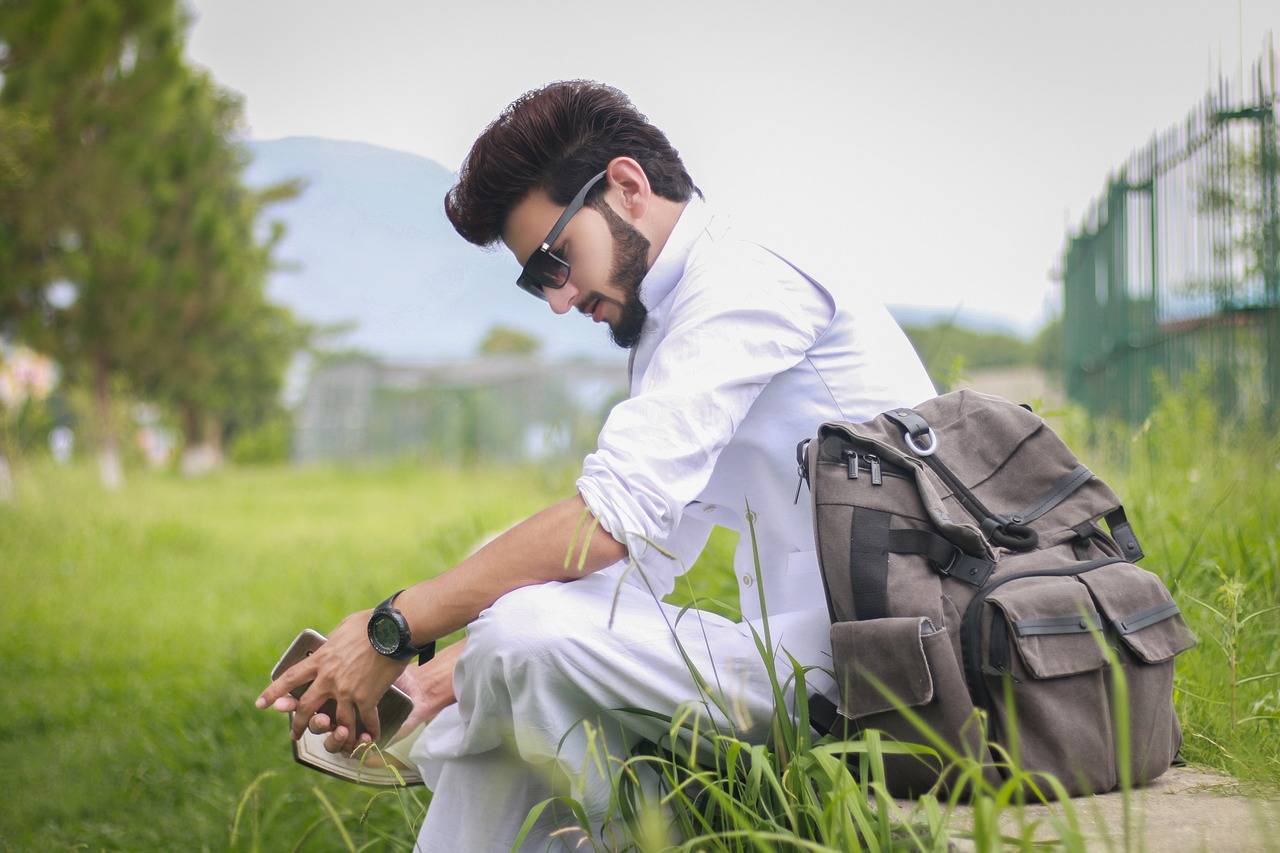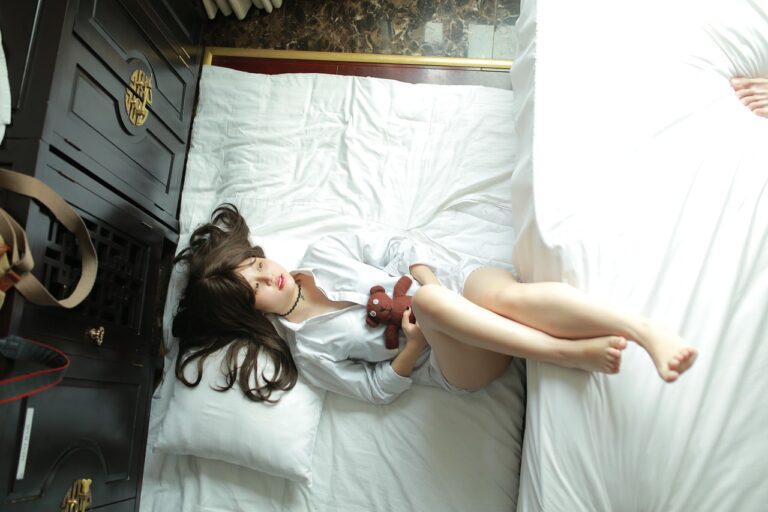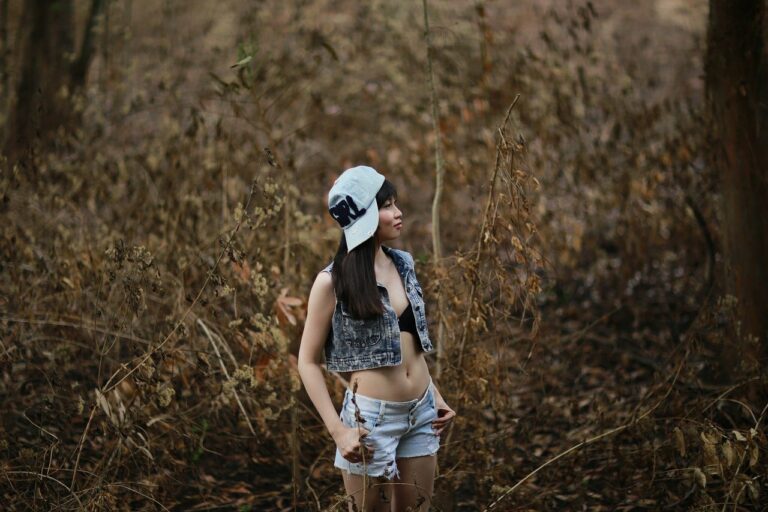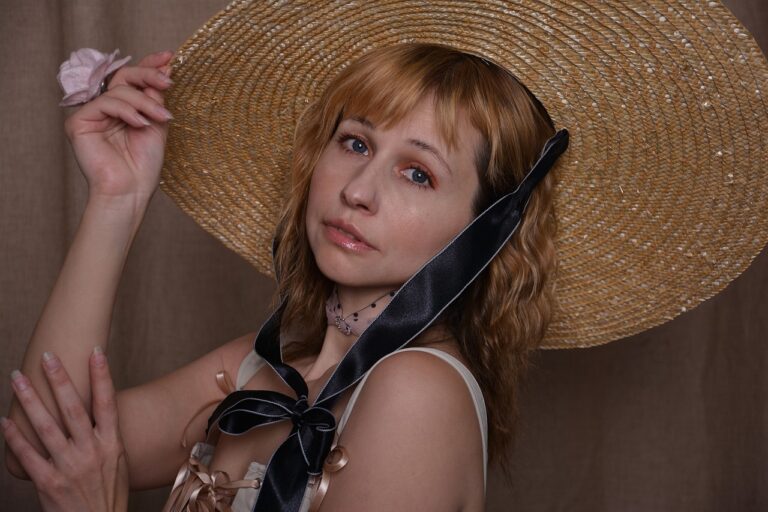Fashion and Literature: Historical Fashion Trends in Period Literature
Fashion in period literature often serves as a reflection of societal values and norms during a specific era. Authors frequently utilize clothing and accessories as a way to depict characters’ personalities, social statuses, and even their inner thoughts. Descriptions of garments, hairstyles, and jewelry in literature not only add visual richness to the narrative but also provide readers with insights into the cultural context of the time period being portrayed.
From the opulent gowns of the Victorian era to the rebellious attire of the Roaring Twenties, fashion trends in period literature offer a glimpse into the dynamic evolution of style over time. Writers often use clothing choices to symbolize characters’ desires for conformity or rebellion against societal expectations. By paying attention to the detailed descriptions of fashion in literature, readers can better understand the characters’ motivations, aspirations, and struggles within the historical context of the story.
The Influence of Historical Events on Fashion Trends in Literature
Fashion trends in literature often mirror the historical events of the time period in which the works were written. Authors frequently incorporate descriptions of clothing and accessories to provide readers with a visual representation of the societal norms and customs prevalent during that era. These details not only add depth to the characters and settings but also serve as a reflection of the influence of historical events on fashion trends.
For example, during times of social, political, or economic upheaval, it is common to see characters in literature portrayed as dressed in simpler, more utilitarian attire. Conversely, in periods of prosperity and peace, authors may describe characters wearing lavish and extravagant garments to reflect the wealth and opulence of the society. By examining the fashion choices of characters in literature, readers can gain insight into the broader historical context and how it impacted the clothing styles and trends of the time.
How does historical events impact fashion trends in literature?
Historical events can greatly influence the fashion trends depicted in literature as authors often use the clothing and styles of a particular time period to help set the scene and create a sense of authenticity in their writing.
Can you give an example of how historical events have influenced fashion trends in literature?
Yes, for example, the Roaring Twenties in the United States saw a rise in flapper fashion, which is often portrayed in literature from that time period as a reflection of the changing societal norms and values.
Why is it important for authors to accurately depict fashion trends in their writing?
Accurately depicting fashion trends in literature helps to create a sense of time and place for the reader, allowing them to better understand the context of the story and the characters within it.
How can readers benefit from understanding the influence of historical events on fashion trends in literature?
By understanding the influence of historical events on fashion trends in literature, readers can gain a deeper appreciation for the cultural and societal context of the time period being depicted in the story, enhancing their overall reading experience.





